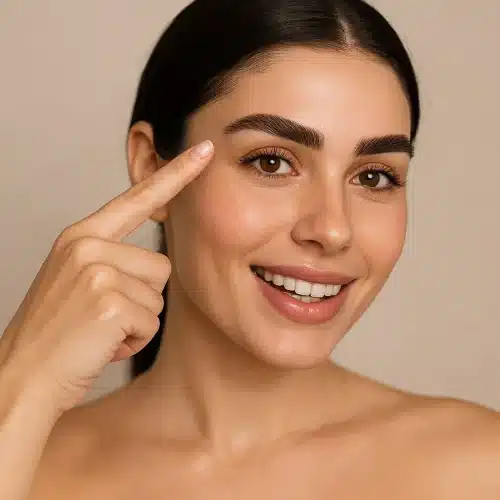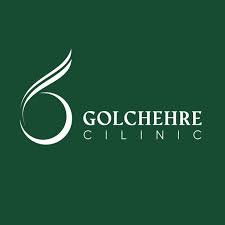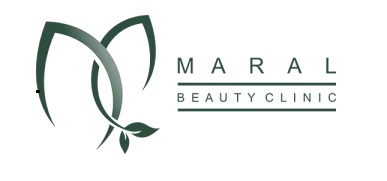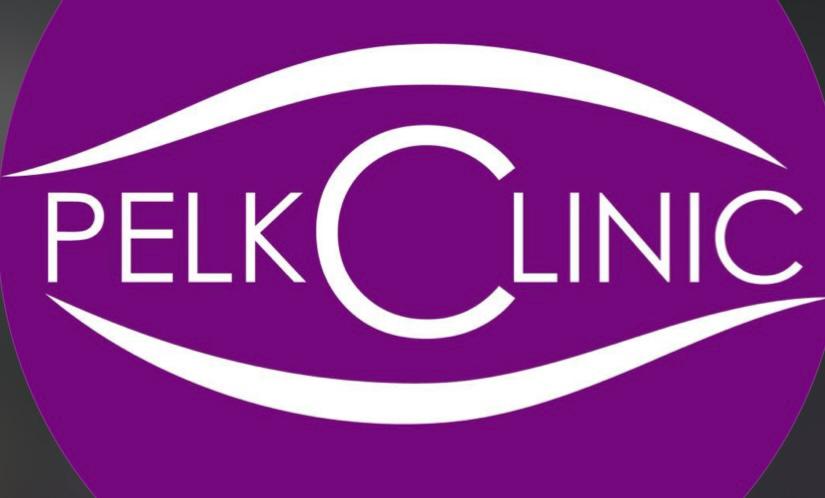Introduction: What is eyebrow transplantation?
Eyebrow Transplant is a minimally invasive cosmetic procedure in which hair grafts (usually from the hairline at the back of the head or by the ear) are taken and delicately and precisely angled into the crown, tail, and tip of the eyebrow. The result is realistically dense eyebrows that can be trimmed and colored. Because the hair is taken from your own body, it is highly adaptable and the result will be natural and long-lasting.

💎Why eyebrow transplantation? The most important benefits of eyebrow transplantation
Permanent and natural result: Unlike semi-permanent highlights, the transplanted hairs have real growth and can be trimmed or dyed.
Scar and bald area coverage: For people who have lost hair due to burns or stitches, eyebrow transplantation is the only permanent option.
Confidence: A full and well-groomed eyebrow completes the face frame and has a direct impact on the perception of beauty and youth.
Design flexibility: The arch, width, and tail of the eyebrow can be personalized according to individual taste and aesthetic principles.
Long-term economic savings: The recurring costs of tattoos and successive repairs are eliminated.
💎Who are suitable candidates for eyebrow transplantation?
Individuals with genetically thin eyebrows or loss after frequent shaving.
Individuals who have lost eyebrows due to cicatricial alopecia, burns, accidents, or surgery.
Patients with controlled hypothyroidism or other systemic causes causing eyebrow loss; provided the underlying cause is established.
Individuals who are dissatisfied with microblading/tattooing and are looking for a natural solution.
Disqualifications: Active inflammatory skin diseases in the eyebrow area, uncontrolled coagulation disorders, unrealistic expectations, or a weak hair bank.
💎Eyebrow Transplant Methods (FUE, DHI, FUT) and the Differences
FUE (Follicular Unit Extraction)
Extraction of follicles individually with fine punches.
Advantages: No linear scar, shorter recovery period, better control over single hair units.
Disadvantages: Requires high skill, longer procedure time.
DHI (Direct Implantation with Pen)
Using an implanter (Chevy pen) to implant in one “extraction-implantation” step.
Advantages: Fine control of angle and direction, more precise density in delicate areas of the eyebrow.
Disadvantages: Requires special tools and skill, cost may be higher.
FUT (Strip)
Extraction of a strip of skin and isolation of follicles under a microscope.
Advantages: High speed, suitable for some hair banks.
Disadvantages: Linear scar in hair banks, usually not the first choice for eyebrows.
Conclusion: For eyebrows, FUE and DHI are more popular and logical due to the delicacy and need for single hair units and precise angulation.
💎Eyebrow transplantation process from consultation to recovery
Consultation and design: Hair bank assessment, investigation of cause of loss, drawing of final design on face; sensitivity test and review of realistic expectations.
Day of surgery: Local anesthesia; grafts extraction; preparation; creation of small channels at 5-15 degrees angle; implantation of single hair grafts in the main eyebrow lines.
Post-op: Mild redness and swelling; peeling for 7-10 days; temporary loss of transplanted hair (shock loss) during the first weeks is normal.
Regrowth: Starts from 3-6 months; relatively stable result in 9-12 months; final development by 12-18 months.
Pro tip: Hair orientation is different at the tail and crown of the eyebrows; the practitioner should follow a rotating-up-down pattern to avoid a “brush effect”.
📍Care before and after eyebrow transplantation
Before the operation
Temporarily stop taking blood thinners as directed by the doctor.
No alcohol or smoking one week before.
Gentle facial wash on the day of the operation; no makeup.
After the operation
Avoid touching and scratching; sleep in a semi-sitting position for the first 48 hours.
Indirect cold compress in case of swelling; avoid sauna, solarium and heavy exercise for 10–14 days.
Wash according to the clinic protocol; use saline spray or special foams.
Trim eyebrow hair with small scissors (not a razor) after growth; instruction on eyebrow brush orientation.

📍Eyebrow Transplant Cost: Influencing Factors
Number of grafts required and target density.
Selected method (FUE/DHI) and consumables.
Experience and skills of the medical and dermatology/transplantation team.
Quality of the hair bank, presence of scars or need for repair.
Additional services: PRP, adjuvant mesotherapy, follow-up sessions.
Comparing price alone is not a good criterion; natural results and safety are worth the investment.
📍Possible risks and complications—and ways to prevent them
Mild swelling and bruising: Usually transient; will subside with follow-up.
Local infection: Rare; can be managed with prophylactic antibiotics and proper hygiene.
Improper angulation: Causes ingrown/curly hair; choosing an experienced surgeon is critical.
Partial graft rejection: Depends on the quality of the hair bank and care.
📌Conclusion
Eyebrow transplantation is an effective, permanent and aesthetic solution for people who are looking for thick, natural and symmetrical eyebrows. However, to achieve the best results, it is necessary to choose the right method, a skilled doctor and follow the care instructions carefully. Before proceeding with the transplantation, consult a specialist doctor, investigate the causes of loss, and have reasonable expectations. If all the conditions are met and the procedure is performed correctly, you can enjoy beautiful and natural eyebrows for years.
Frequently Asked Questions Everything about Eyebrow Transplantation
Is the result really permanent?
Yes; transplanted hair will have a natural growth cycle and will last with proper care.
Does eyebrow hair grow a lot after transplantation?
In the first few months, it may grow faster than eyebrow hair; with regular trimming and over time, the growth rhythm becomes more harmonious.
Does it hurt?
With local anesthesia, there is very little pain; you may have some tenderness after the procedure.
When can I wear makeup?
After the scabs have fallen off (about 10–14 days), use with caution and as recommended by the clinic.
Is it possible to transplant eyebrows over an old tattoo?
Yes; but the previous design and color must be checked so that the density and texture of the hair appear natural.
What if the hair bank is weak?
Combination options such as lower target density, precise DHI, or adjuvant treatments are suggested.





